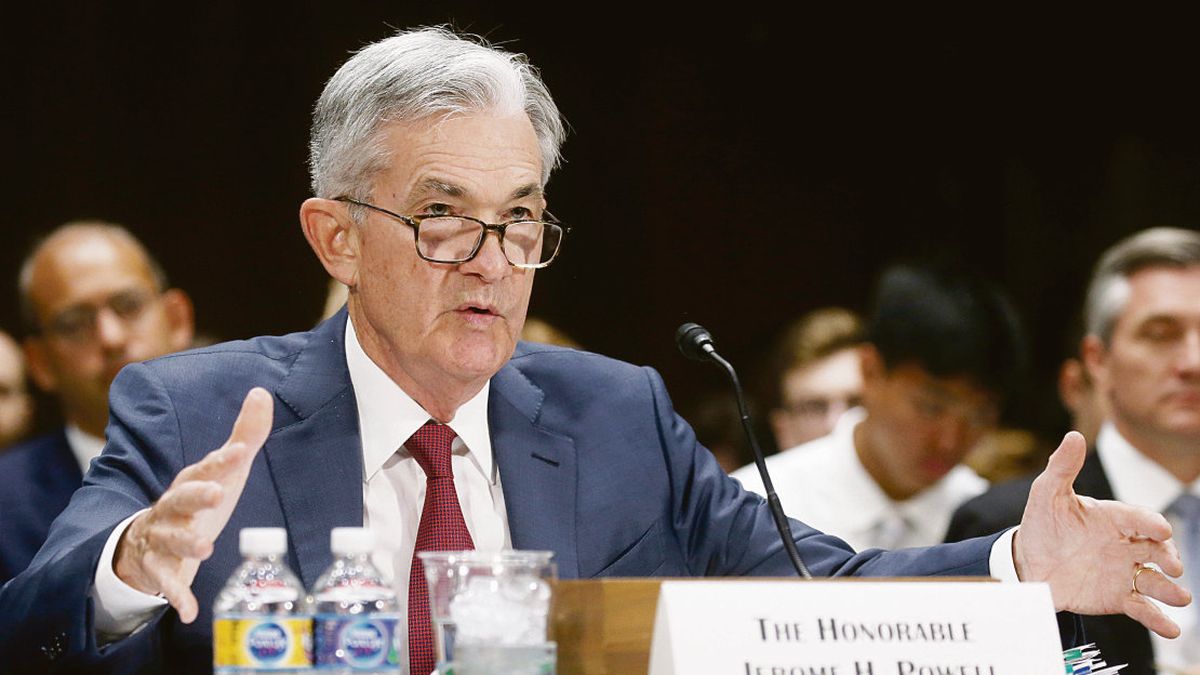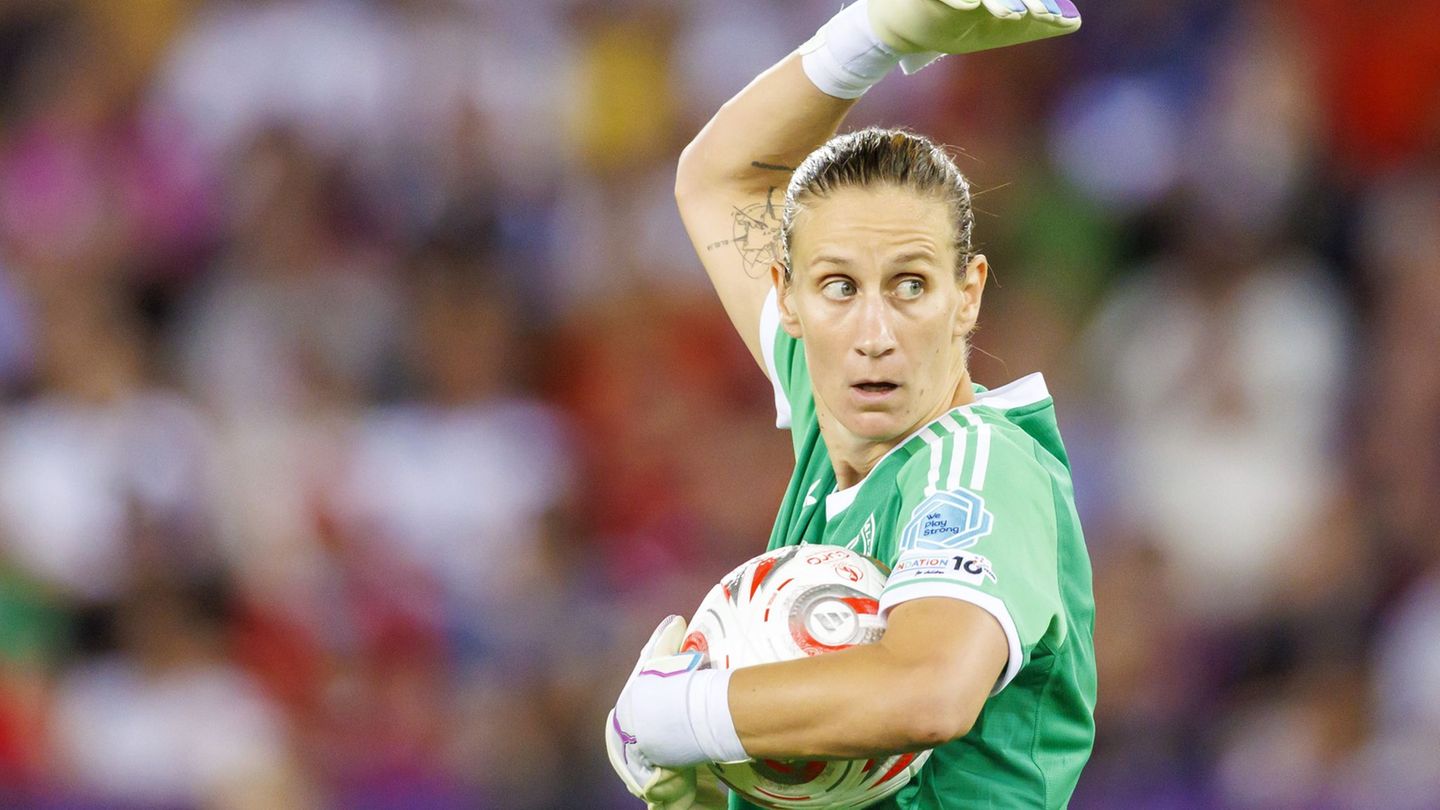The measure fixed the reference interest rate to one day of the central bank of the United States in the range of 4.75% to 5.00%, with updated projections showing that 10 of 18 Fed policy committee officials they expect rates to rise another quarter of a percentage point by the end of this year, the same point considered in the December projections.
But in a key shift spurred by the flash failures this month of Silicon Valley Bank (SVB) and Signature Bank, the Fed’s latest monetary policy statement it no longer says that “continued increases” in rates are likely to be appropriate.
That language had been in every statement since the March 16, 2022 decision to start the rate hike cycle.
Federal Reserve monetary policy makers they believe that curbing inflation may require one more rise in interest rates this year, but less easing next year than most thought would be appropriate just three months ago.
According to the median estimate of the Fed’s latest quarterly summary of economic projections, US central bankers expect the key interest rate, currently between 4.75% and 5.00% after Wednesday’s 25 basis point hike, to stand at 5.1% by the end of the year.
This is the same median projection as in December, before a series of better-than-expected growth and inflation data, but also before the recent turmoil in the banking sector that the authorities say will affect economic growth.
However, the forecasts of the 18 monetary policy makers were mixed: seven of them considered that rates should be stopped at a higher point, but one considered that further increases would not be necessary.
Based on the median of the projections, the reference rate will end next year at 4.3%. Opinions varied widely again, with four officials expecting them to stand at or above 5.1% and four expecting them to end the year below 4%.
In December, Fed officials thought that 2023 would end with the policy rate at 5.1%, before falling to 4.1% in 2024.
Policymakers saw inflation, by the Fed’s preferred measure, falling to 3.3% in the final quarter of this year, a slower move toward the 2% target than had been expected in December. .
Policy makers expect their interest rate hikes to take the unemployment rate, currently at 3.6%, to 4.5% in the last quarter of 2023, and to 4.6% in 2024.
Source: Ambito
I am a 24-year-old writer and journalist who has been working in the news industry for the past two years. I write primarily about market news, so if you’re looking for insights into what’s going on in the stock market or economic indicators, you’ve come to the right place. I also dabble in writing articles on lifestyle trends and pop culture news.




